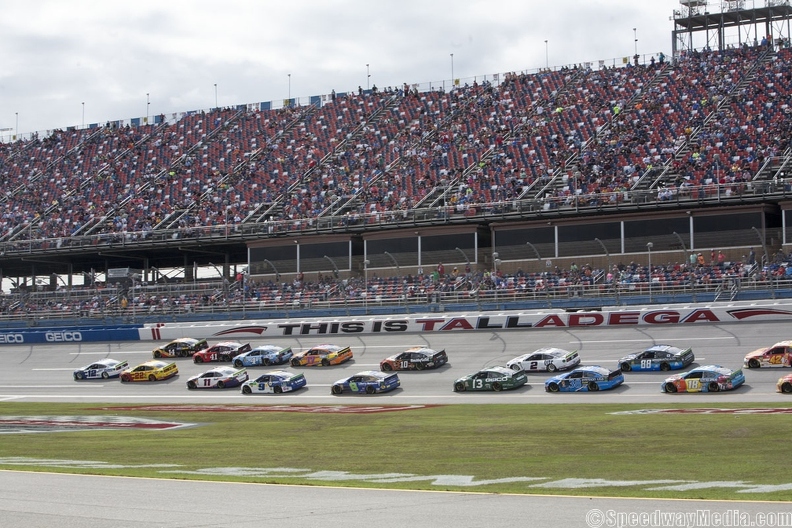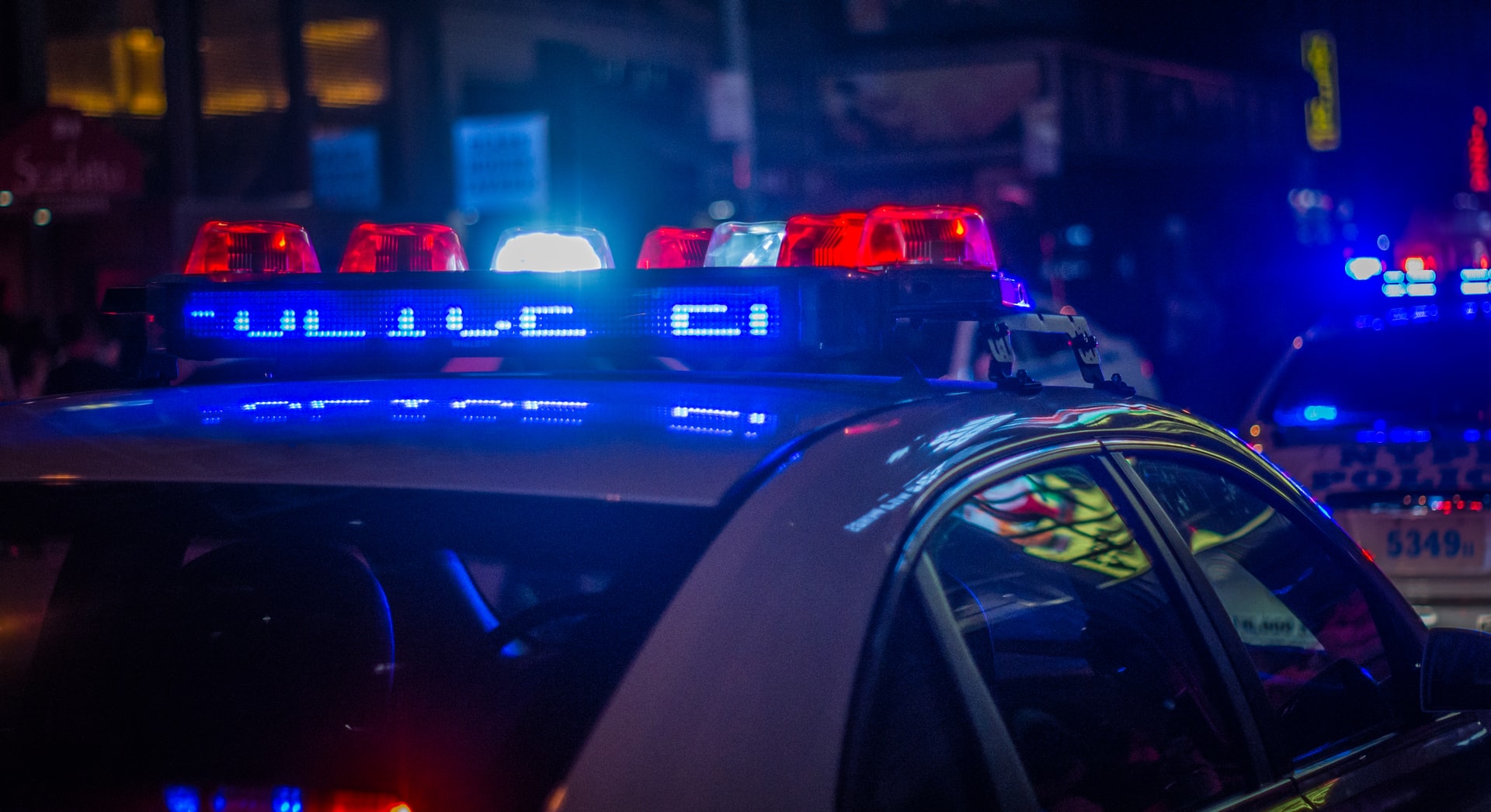Many of today’s cars have some pretty advanced safety features, but that wasn’t always the case. If you look at cars being made just a decade ago, most of them prioritized things like fuel efficiency, engine performance, and overall appearance. Unfortunately, this meant that a lot of these cars ended up being death traps, which is not what any consumer wants. Even if some accidents were preventable, many of them still led to serious injury because of these unsafe vehicles; this sometimes prompted victims to seek out a car accident law firm to help set things right and get you compensation for damages. Due to rising fatality and injury rates, the IIHS and NHTSA ended up getting involved to monitor vehicle safety ratings, which led to manufacturers stepping up their game where safety was concerned.
What about all the unsafe cars that are still on the road, though? Well, there isn’t much that can be done about them, but at least you can avoid buying or driving one. With that in mind, here’s a list of the top 10 cars to avoid due to safety concerns.
1. Toyota Yaris
If you’ve ever considered the Toyota Yaris, you’ve probably heard all about its phenomenal gas mileage. Getting up to 50 miles per gallon on the highway and with a pretty economical price tag, this seems like a great car for commuters – until you consider the safety concerns. The Yaris is so small that the crumple zones offer hardly any protection to the driver or passengers if there’s an accident. You might save on gas, but those savings won’t protect you in a car crash.
2. Chevrolet Corvair
This car is Chevrolet’s answer to stylish vehicles like the ones produced by Porsche, but it came with an unanticipated problem – oversteer. Even though the engine was located at the back of the car, drivers would frequently lose control during sharp turns; this obviously led to a higher instance of traffic accidents. It also didn’t help that there was no anti-roll bar, and tests showed that the steering column was likely to hit the driver’s chest in head-on collisions.
3. Geely CK
This car has only been in production since 2005, and it has failed safety tests from the start. It’s designed and manufactured in China, and is only sold in South America, Russia, and (obviously) China – the U.S. and certain EU countries have actually banned sales of this car because of its abysmal safety performance. For one thing, most of the models don’t even come with airbags; that’s a big red flag. Safety tests also show that the car can’t hold up in the slightest against accidents, meaning that passengers run the risk of injury from even low-impact crashes.
4. Audi 5000
This car was responsible for Audi’s reputation problem back in the 1980s; the engines were often observed to randomly heave forward, whether the car was idle or moving. The company’s first response was to ignore the problem, but they eventually owned up to it.
5. Hyundai Accent
Here’s a car with the wrong kind of award – it’s been shown to have the highest instance of accidents per million registrations on quite a few occasions. While this car’s safety ratings have been a challenge for Hyundai for years, the company hasn’t been able to address them fully. Meanwhile, the car is still in production, and tests are still demonstrating poor results during the small overlap front examination.
6. Ford Fiesta sedan
In this case, the car’s safety ratings might depend on the year; the models produced from 2011 to 2014 were awarded several Top Safety approvals. Even so, one consistent shortcoming is found in the car’s front overlap. Crash tests showed that front-seat passengers were relatively unprotected from injuries to the left lower leg and head.
7. Kia Rio
To put it simply, this is a dangerous car. In 2015, the Kia Rio had the top fatality rates in the U.S., at 149 deaths for every million registered. By 2017, the number was down to 102 deaths per million, putting it in the number two spot for the most dangerous car. Crash tests demonstrated high risk for the legs and heads of front-seat passengers in the 2012 to 2014 models.
8. DeLorean DMC-12
Sorry, Back to the Future fans – one of the most iconic cars of the silver screen has terrible safety ratings. Since the doors famously open upwards and have small windows, rescuers or first responders would be unable to help if the car was rolled over onto the roof. Plus, the window size is also a problem if the doors are somehow unable to be opened; passengers couldn’t be rescued through the window.
9. Ford Mustang
Here’s another classic car that may dash some of your dreams, but not necessarily for the same reasons as the other cars. There aren’t necessarily any design flaws that make this car particularly dangerous; the issue is that young drivers buy this affordable yet powerful car, and fail to drive safely once they’re on the open roads. This has led to the Mustang being involved in 4 times more collisions and fatalities than any other car.
10. Scion tC
Even though this vehicle has demonstrated fairly strong results in IIHS crash tests, the statistics tell a much different story – it has a driver fatality rate of 101 deaths for every million registrations. Surprisingly, most accidents involving the Scion tC were single-car accidents. While we aren’t currently sure why this is, the numbers speak for themselves; this is a consistently dangerous car.
If car safety is important for you, it’s best to look elsewhere for a vehicle.
Whether you’re paying more for gas during your daily commute, or you’re sacrificing a little on the “cool” factor that a Ford Mustang could bring, none of these things are a good substitute for peace of mind as you drive. With a little caution and some common sense, you’ll be able to choose a car that could help you get through a traffic accident in one piece.







